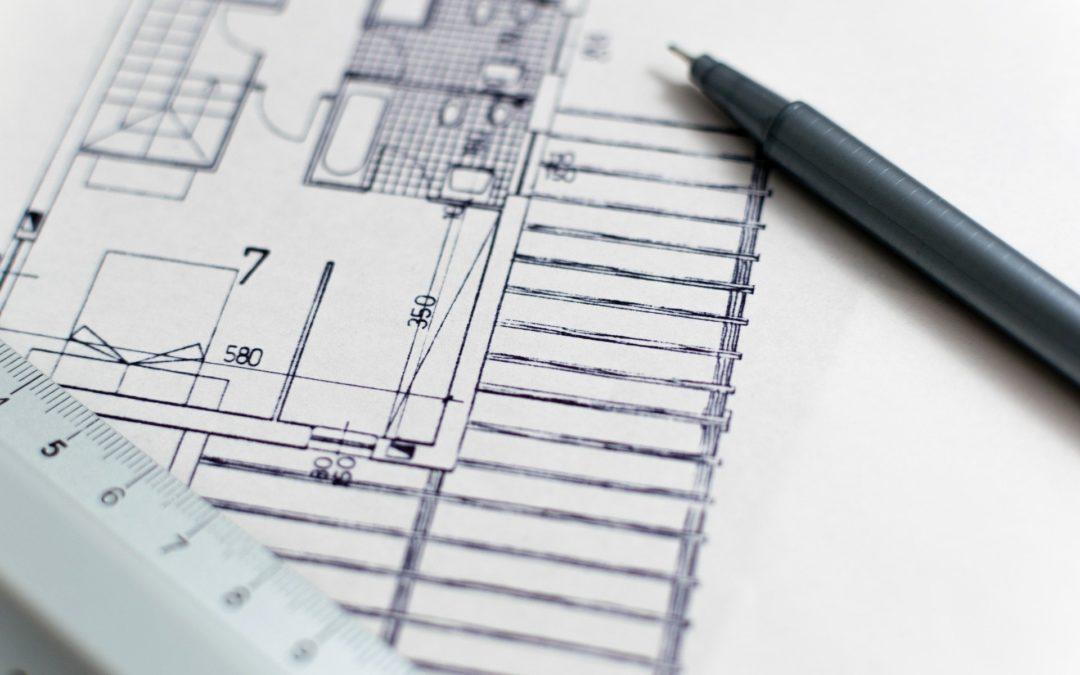
When it comes to Florida real estate, our clients have plenty of questions. One that comes up a lot is how to go about subdividing property. Frankly it’s not surprising, because the rules and processes vary for each city/county. Here are some simple tips to keep in mind if you’re thinking about subdividing your South Florida property.
Be prepared
Before you do anything else, make sure that you don’t owe any back property taxes. If any real estate taxes are outstanding, take care of them by remitting payment as soon as possible. If you don’t, you won’t be able to proceed. This is because Florida statutes prevent local property appraisers from processing subdivisions until the books are “clean” – meaning all outstanding tax payments have been made.
Next, check your copy of the property deed for detailed legal information about your property boundaries. In most cases you can also find this information in the public land records of each county. These records will most likely be kept at the courthouse or with the clerk of courts in the town or county where the property is located.
Once you’ve done all of that, review and make sure you understand all applicable local zoning ordinances. Be forewarned, this can be a daunting task. If you feel intimidated, overwhelmed or you simply don’t understand the material, one of our qualified land use or real estate lawyers is always here to help. He or she can help you identify and relevant rules such as:
- Lot size requirements
- Building area requirements
- Yard size
- Accessibility (for roads and utilities)
- Drainage
- Any other requirements unique to your property
In a best-case scenario, you property will meet all applicable zoning standards for subdivision. If so, ask your lawyer about any additional rules and regulations specific to the subdivision of your property. Doing so is crucial – especially if you’re planning on selling part or all of the property. If you don’t, any sale of the subdivided land can be negated.
Next steps
At this point, you’re entering the homestretch – but even though you can see the finish line, there’s still plenty of work to do.
This includes hiring a surveyor to create a detailed, computer-generated drawing or diagram of the property called a plat. The plat is vital because it provides an accurate depiction of property boundaries, rights of way, easements and so forth.
After the plat is completed, you can go ahead and finalize the required land use applications. Collectively, these documents and accompanying paperwork form an application package that can now be submitted to the appropriate land use agencies. Depending on the scope of the project, the approval process – including public hearings and issuance of any necessary permits – could take several months.
The importance of hiring the right Florida real estate or land use lawyer
As we have noted, the subdivision of Florida property is often complicated. Among other things, the rules, regulations, requirements and processes can differ drastically depending on where the property is located. Failure to abide by the rules can have costly and unpleasant consequences, even if the failure to do so is unintentional. Therefore, it is crucial to hire a Florida real estate attorney with the experience needed to help you navigate this process. To learn more about how the real estate lawyers at Loshak Leach LLP can help, contact us through our website or call us today at (954) 334-1122 to schedule an initial consultation.
Categories
- Real Estate (30)
- Land Use and Zoning (10)
- Alcohol/Beverage (5)
- Government/Municipal Law (10)
- Litigation (9)
- Business (28)
- Estate Planning (12)
- Probate (8)
- Personal Injury (8)
Contact Us
Please fill out the form below and our attorney will contact you.
Maps & Directions
Hollywood Office
1221 South 21st Avenue
Hollywood, FL 33020

